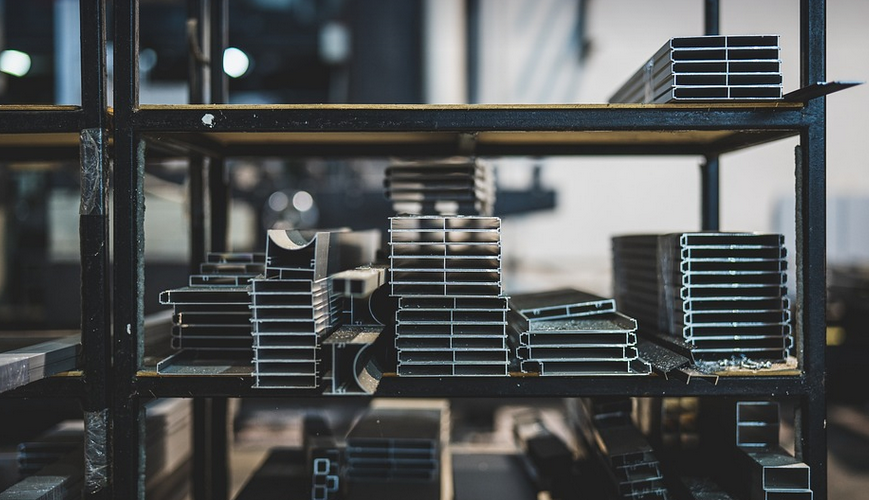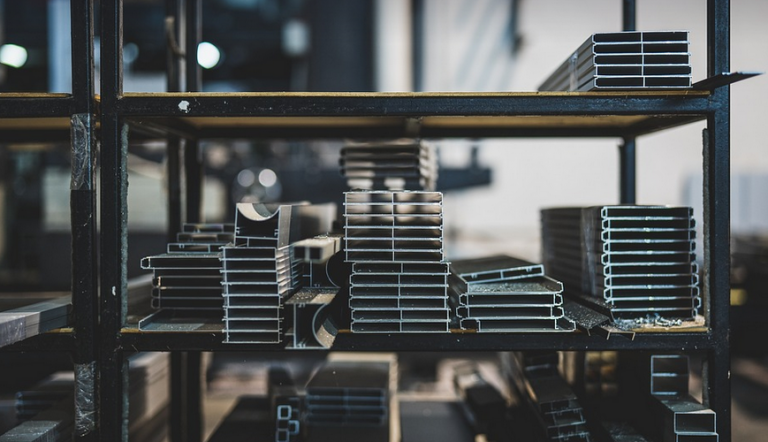
Reclaim Your Community: A Guide to Recycling in St. George
St. George, Utah is a beautiful city with stunning landscapes and thriving communities. But along with the vibrant energy comes the responsibility of managing our waste responsibly. Recycling, once a foreign concept for many, has become an essential practice that helps safeguard our planet’s resources. This guide dives deep into the world of recycling in St. George, offering insights on what you can recycle, where to do it, and how to make a real difference.
Recycling is more than just throwing things into specific bins; it’s a conscious choice that reflects a commitment to sustainability. Every recycled item reduces the need for raw materials extracted from the earth, conserving precious resources and lessening our environmental footprint. St. George residents are stepping up to the challenge, recognizing that small actions contribute significantly to a larger goal of protecting our planet.
Before diving into the specifics about recycling in St. George, let’s first understand why it matters. The amount of waste generated worldwide is staggering, and the consequences are becoming increasingly evident. Landfills overflow with plastic, paper, metal, and other materials, causing environmental damage. Recycling acts as a solution to this problem by diverting waste from landfills, reducing greenhouse gas emissions, and conserving valuable natural resources.
In St. George, the city embraces responsible disposal and offers several convenient recycling programs. The key is to understand the basics – what goes in the blue bins versus the black bins. This knowledge enables you to sort your waste efficiently and maximize its potential for reuse.
What Can You Recycle?
In St. George, there are specific materials that qualify for recycling:
**Paper and Cardboard:** This includes newspaper, magazines, paperboard boxes (empty), corrugated cardboard (not plastic-coated), junk mail, printer paper, and cereal boxes. **Plastic:** The recyclability is determined by the number on the bottom of the container. Numbers 1 through 7 typically indicate different types of plastics, and numbers 1 and 2 usually represent the most commonly recycled materials. **Glass:** Clean glass jars and bottles are accepted in recycling bins. It’s important to remember that broken glass should not be placed in recycling bins as it can pose a safety hazard for other participants in the process. **Metal:** Aluminum cans, tin foil, and steel cans are all recyclable and should be placed in their respective bin or container.
It’s crucial to note that not all materials are recyclable. Plastics with embedded non-recyclable materials like PVC or coated plastics often do not belong in recycling bins. For a complete list of recyclables, check your city’s website or local guidelines.
Where Can I Recycle?
Recycling centers and collection points are strategically placed throughout the city to facilitate convenient waste disposal for residents:
* **St. George City Landfill:** The landfill offers designated areas for recycling, conveniently located within the facility. * **Neighborhood Recycling Bins:** Most residential neighborhoods have dedicated curbside recycling bins available for collection. * **Drop-Off Locations:** Additional drop-off locations are often present at community centers or grocery stores offering convenient access to recycling options.
Tips and Tricks for Efficient Recycling
Let’s dive into some essential tips and tricks that will help you maximize your recycling efforts:
* **Rinse & Empty:** Always rinse out food containers before discarding them. Empty all the contents of cardboard boxes, ensuring they are clean before placing in the bin. This reduces contamination and ensures a smoother process for recycling facilities. * **Flatten Containers:** By flattening your paper products or plastic containers, you save space in your bins and make things easier for the sorting process. * **Separate Materials:** Make sure to sort your waste according to the different categories mentioned above – paper, plastics, glass, and metals. This helps create a streamlined recycling process and ensures that recyclable materials are properly handled. * **Check Guidelines:** Always refer to the specific instructions provided by your city’s recycling program. Understanding the guidelines helps you ensure your efforts are effective and contribute to a cleaner environment. * **Know Your Local Program:** Keep in mind that some cities have more stringent regulations regarding certain types of waste, such as hazardous materials or electronics. Always check with your city for specific guidelines and requirements.
Recycling is not just about throwing things in the bin; it’s a conscious choice that reflects your commitment to saving our planet. By understanding what can be recycled in St. George and taking the time to sort waste properly, you are actively contributing to a cleaner, more sustainable environment for yourself and your community. Let’s embrace the challenge and work together to make St. George an even better place to live.


